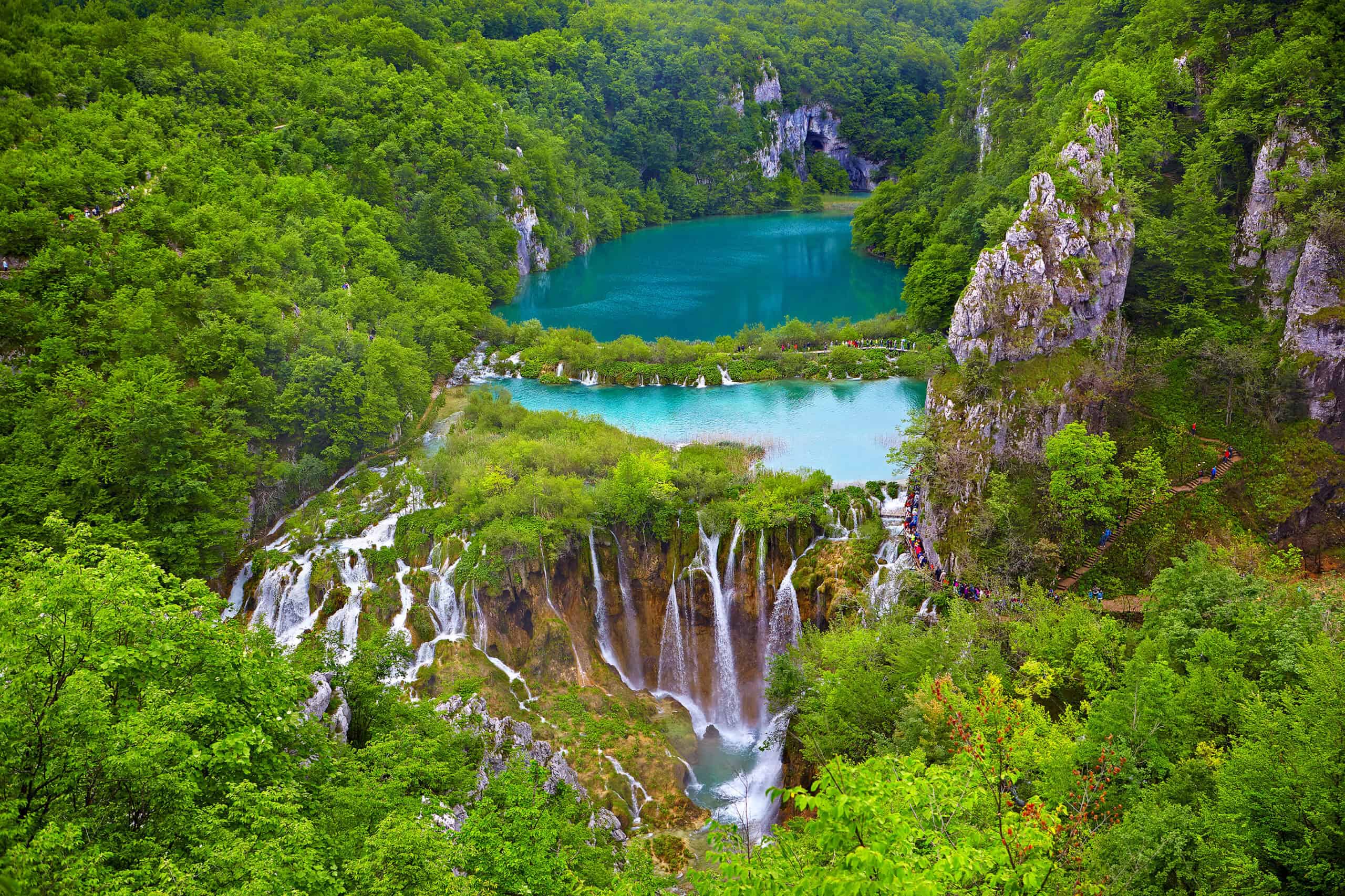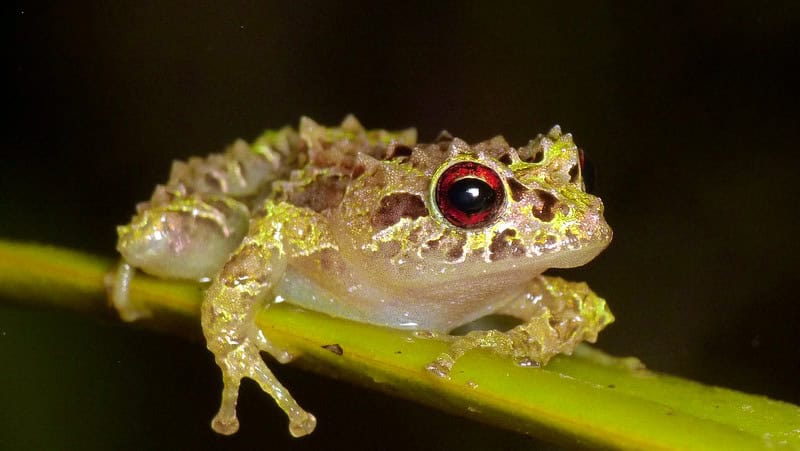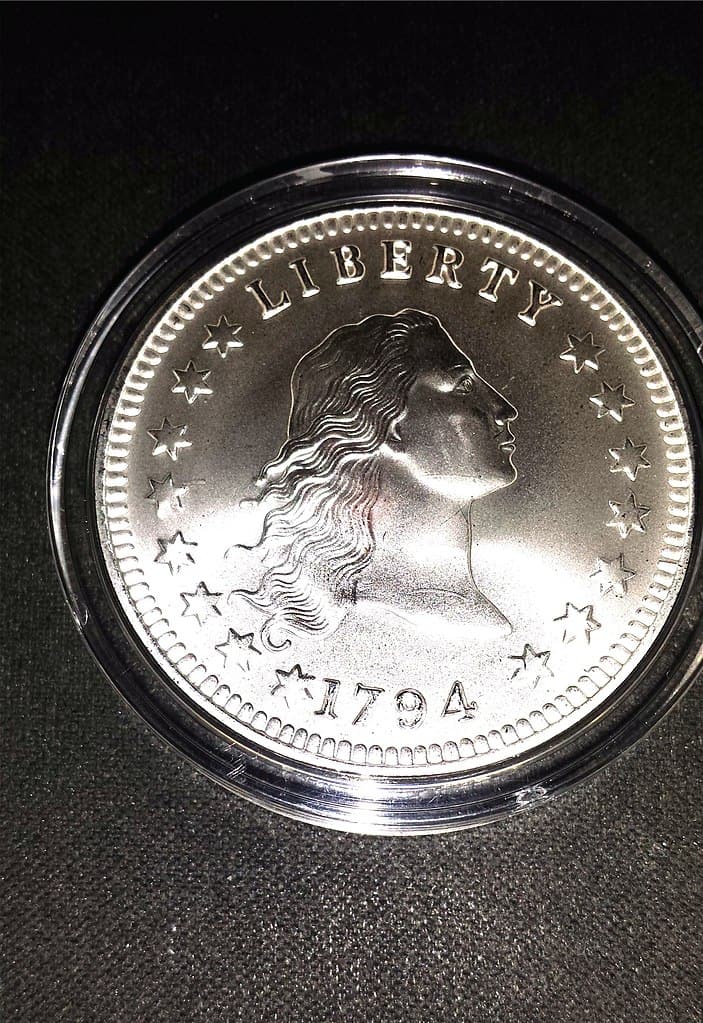Fossils provide a fascinating glimpse into the distant past, revealing the mysteries of ancient life on Earth. Some fossils are so rare and valuable that they have captivated scientists and collectors alike. These rare finds not only hold immense scientific importance but also command high prices at auctions. From prehistoric giants to early human ancestors, the following list showcases some of the rarest fossils ever discovered, highlighting their significance and remarkable value.
Tyrannosaurus Rex Skeleton
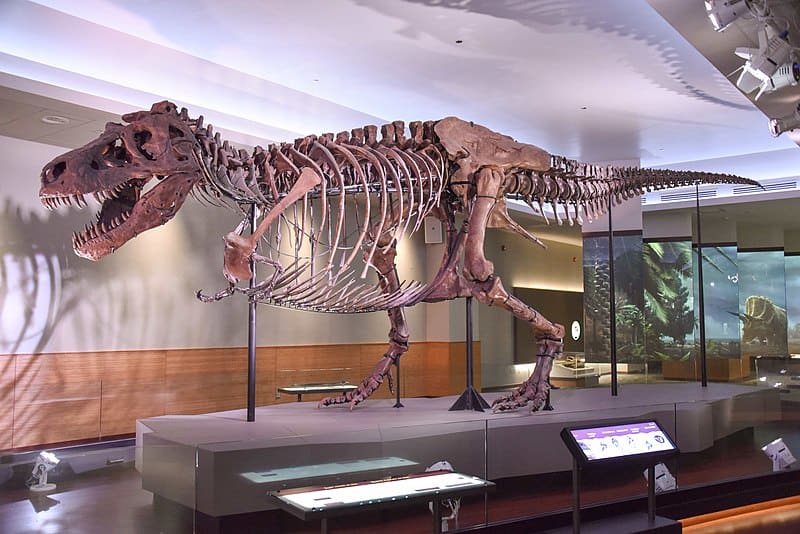
The T. Rex skeleton, known as “Sue,” is one of the most complete and well-preserved specimens ever found. Discovered in South Dakota in 1990, Sue is a remarkable 67 million years old. This impressive fossil sold at auction for a staggering $8.4 million in 1997. Sue’s skeleton has provided invaluable insights into the life and biology of one of history’s most fearsome predators. Today, it resides in the Field Museum of Natural History in Chicago.
Archaeopteryx Fossil
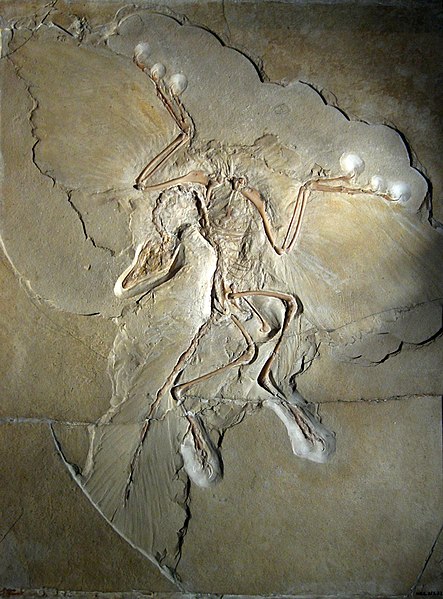
Archaeopteryx, often considered the link between dinosaurs and birds, is an extraordinary find from the Jurassic period. Only 12 specimens have been discovered, making each one incredibly rare. The Berlin specimen, unearthed in 1874, remains the most complete and detailed. Valued at over $1 million, these fossils offer a unique glimpse into the evolution of flight. Their delicate feathers and anatomical structures highlight the transition from reptilian to avian characteristics.
Trilobite Fossil
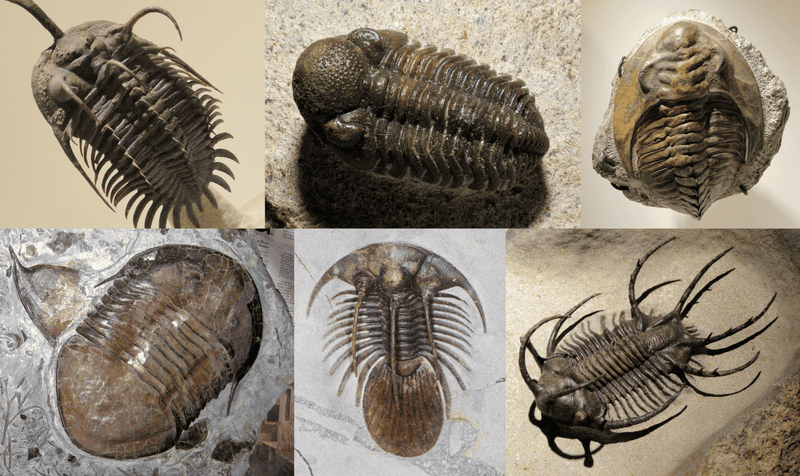
Trilobites are some of the most ancient and diverse arthropods, thriving over 500 million years ago. A particularly rare and complete specimen, found in Morocco, sold for $750,000. These fossils are highly sought after for their intricate details and well-preserved exoskeletons. Trilobites provide critical information about early marine ecosystems and the development of early life on Earth. Collectors and paleontologists prize them for both their beauty and scientific value.
Megalodon Tooth
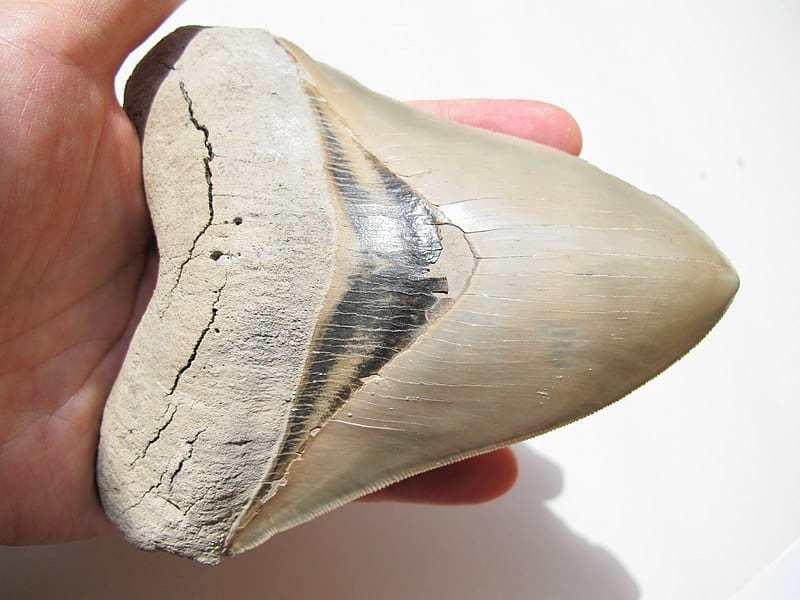
The Megalodon, a prehistoric giant shark, left behind teeth that are both massive and rare. A complete, well-preserved Megalodon tooth can fetch up to $50,000. These teeth, sometimes over seven inches long, offer insights into the size and power of this ancient predator. The Megalodon ruled the oceans approximately 23 to 3.6 million years ago. Fossilized teeth provide crucial data on the species’ diet and hunting behaviors.
Dinosaur Egg Nest
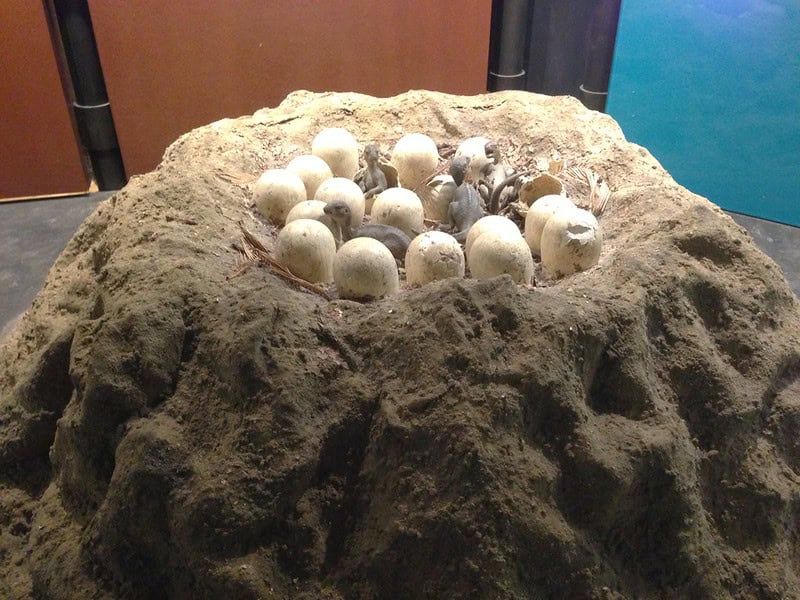
Fossilized dinosaur egg nests, especially those with embryos, are exceptionally rare and valuable. A complete nest with well-preserved eggs can be worth up to $1 million. These nests, like those found in China’s Gobi Desert, offer a snapshot of dinosaur reproductive behavior and development. The discovery of such nests has shed light on the parental care and nesting habits of various dinosaur species. Each egg provides unique information about the embryonic development of these ancient creatures.
Ichthyosaur Fossil

Ichthyosaurs were marine reptiles that lived during the Mesozoic era. A near-complete Ichthyosaur skeleton discovered in England sold for approximately $350,000. These fossils are rare due to their delicate bones and the marine environment in which they lived. Ichthyosaurs are notable for their fish-like shape and large eyes, adapted for deep-sea hunting. Their fossils provide crucial insights into the adaptation and evolution of marine reptiles.
Pterosaur Skeleton
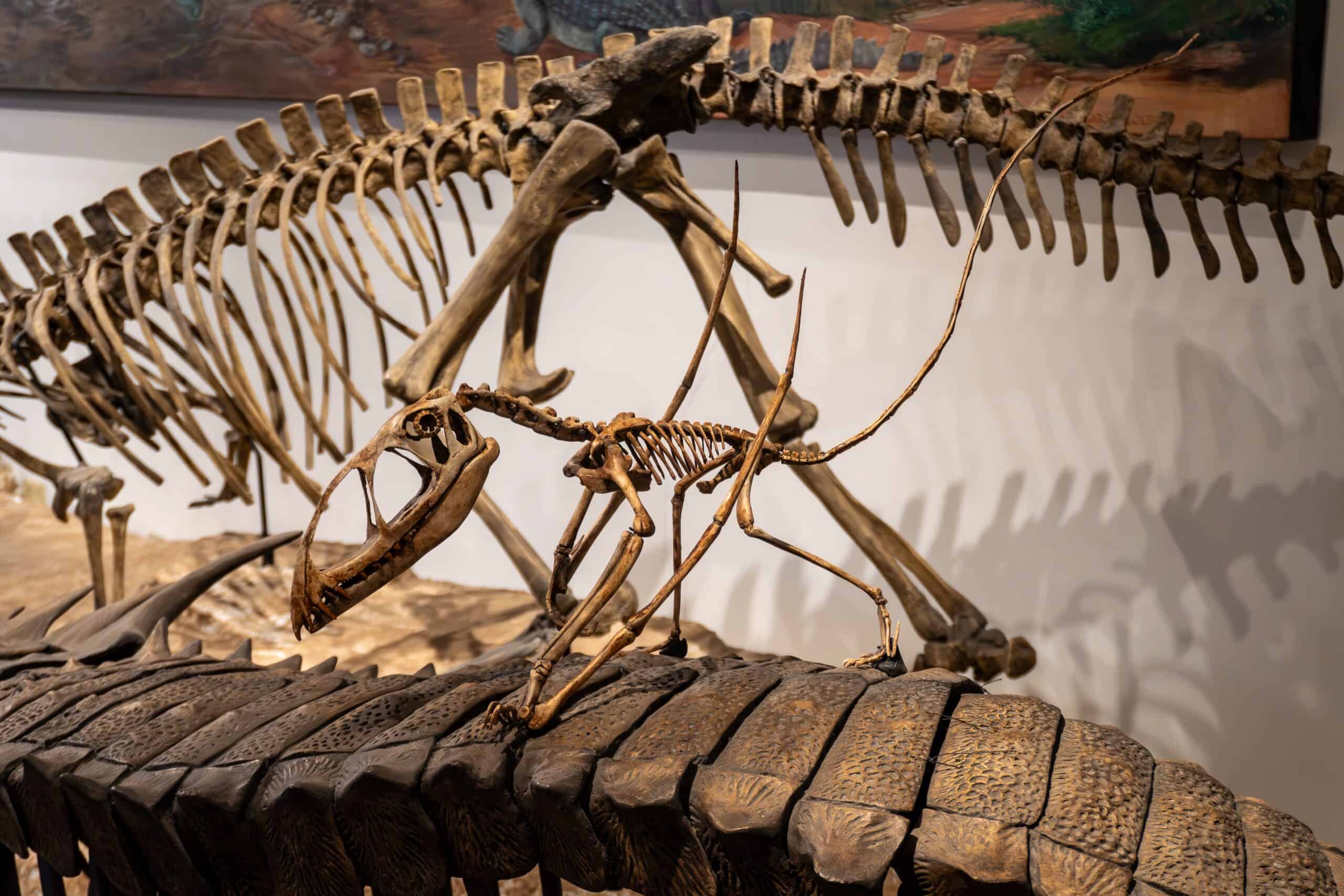
Pterosaurs were flying reptiles that lived alongside dinosaurs. Complete Pterosaur skeletons, such as the one discovered in Brazil, can be valued at $500,000. These fossils are rare due to their fragile, hollow bones. Pterosaurs are significant for understanding the evolution of flight and the diversity of prehistoric life. Their unique wing structures and lightweight bodies are marvels of ancient engineering.
Burgess Shale Fossils
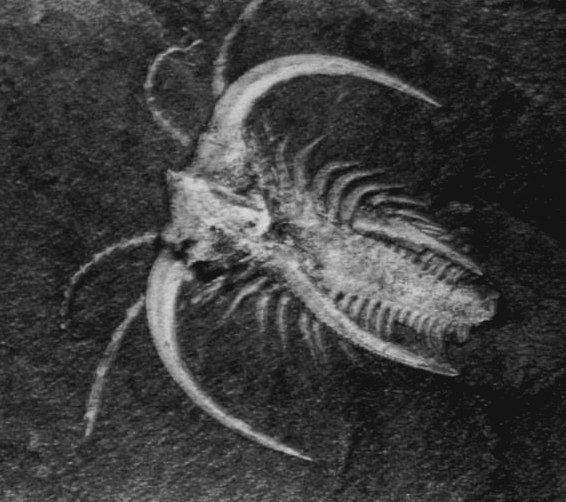
The Burgess Shale in Canada is home to some of the most well-preserved and rare fossils from the Cambrian period. A single fossil from this site can be worth up to $100,000 due to its exceptional preservation. These fossils, over 500 million years old, provide a detailed look at early complex life forms. The site is renowned for its exceptional soft-tissue preservation, offering insights into the anatomy and lifestyles of early animals. Researchers have uncovered a diverse array of ancient creatures, including many unique and bizarre forms.
Dodo Bird Skeleton
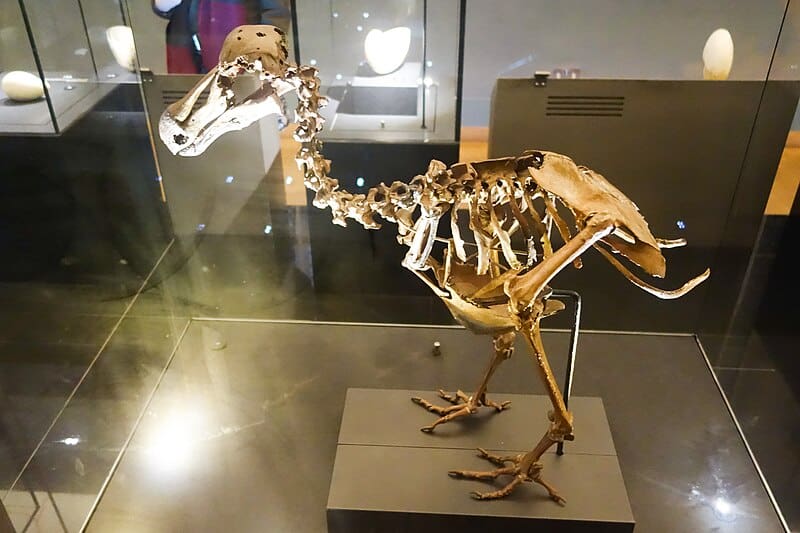
The Dodo bird, extinct since the late 17th century, is one of the most iconic examples of human-induced extinction. A complete Dodo skeleton, discovered in Mauritius, can fetch prices over $500,000. These rare fossils offer a glimpse into the anatomy and lifestyle of a species that vanished before modern scientific study. The Dodo’s extinction highlights the impact of human activity on vulnerable species. Fossils are crucial for understanding the bird’s physical characteristics and ecological role.
Coelacanth Fossil
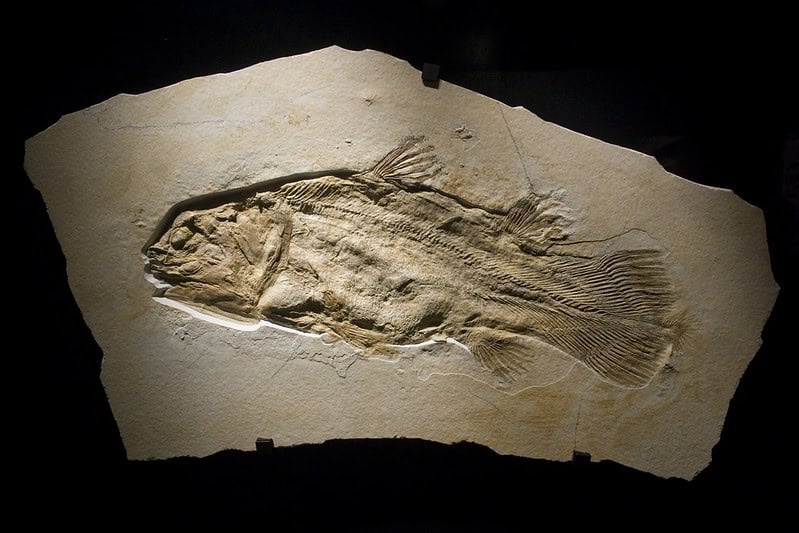
Coelacanths are ancient fish thought to have been extinct until a living specimen was found in 1938. Fossilized Coelacanths, over 400 million years old, are extremely rare and can be worth up to $250,000. These fossils provide a unique link between fish and the earliest land vertebrates. Coelacanths are often called “living fossils” due to their long evolutionary history. The discovery of living Coelacanths has revolutionized our understanding of vertebrate evolution.
Mammoth Tusk
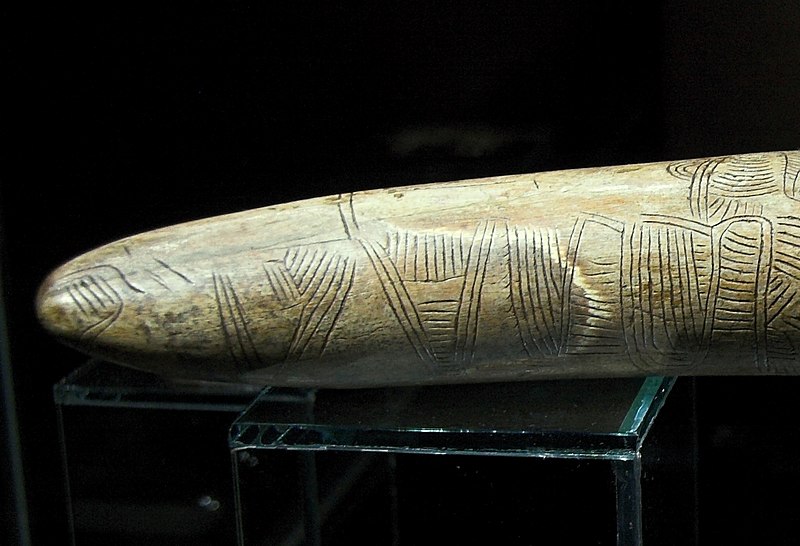
Fossilized mammoth tusks, especially those with intricate carvings or inscriptions, are rare and highly valued. A well-preserved mammoth tusk can sell for up to $100,000. These tusks, often found in the Siberian permafrost, provide insights into the life and environment of these Ice Age giants. Mammoth tusks are also important for studying ancient human art and tool-making techniques. Their preservation in cold climates offers a wealth of information about the Pleistocene era.
Saber-Toothed Cat Skull
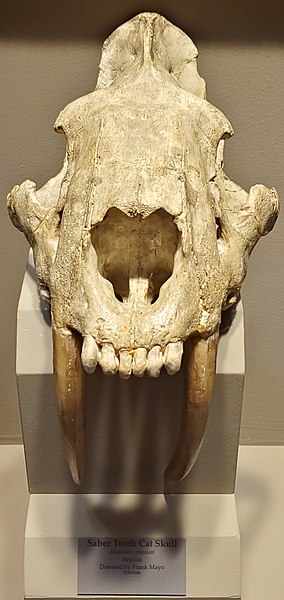
The skull of a saber-toothed cat, such as Smilodon, is a rare and valuable find. A complete skull can be valued at $400,000 due to its scarcity and scientific importance. These fossils offer insights into the anatomy and hunting strategies of one of the most iconic prehistoric predators. The elongated canine teeth and robust build are key features of these formidable hunters. Fossil skulls help paleontologists understand the evolution of carnivorous mammals.
Ammonite Fossil
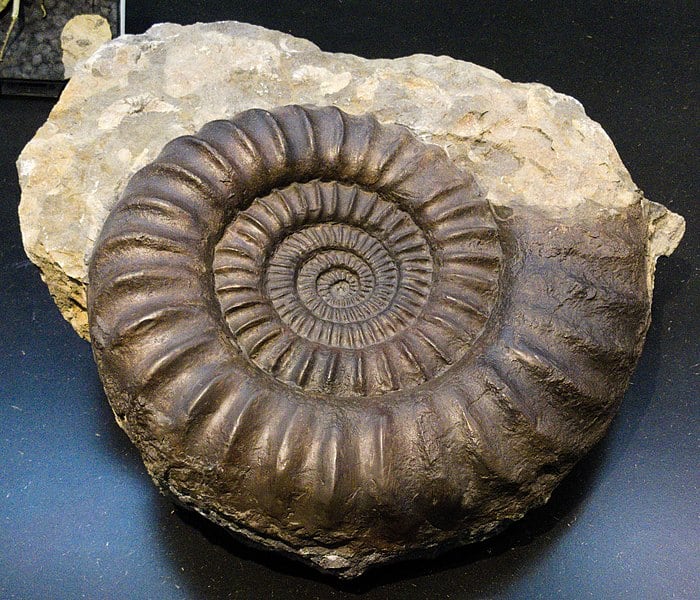
Ammonites, extinct marine mollusks, are known for their spiral shells and intricate suture patterns. A large, well-preserved ammonite fossil can be worth up to $50,000. These fossils are highly prized for their beauty and scientific value, providing insights into ancient marine environments. Ammonites thrived during the Mesozoic era and are often used as index fossils for dating geological strata. Their diverse forms and widespread distribution make them important for paleontological studies.
Homo Erectus Skull
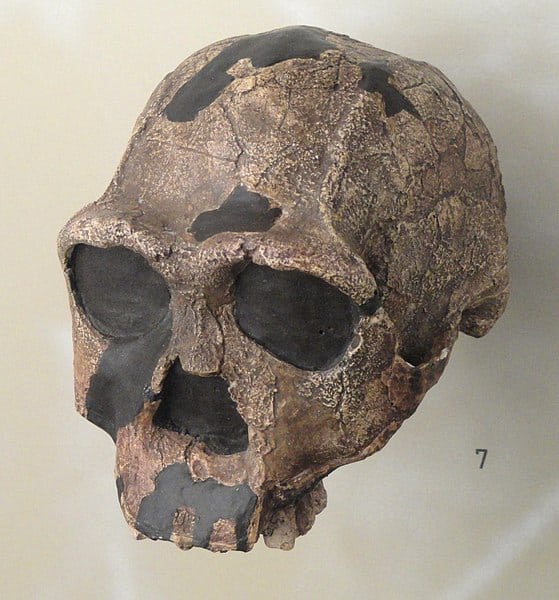
Fossils of early human ancestors, such as Homo erectus, are incredibly rare and valuable. A complete Homo erectus skull can be valued at $1 million or more. These fossils provide crucial information about human evolution and the development of our species. The discovery of Homo erectus remains has shed light on early human migration, tool use, and social behavior. Each fossil adds to our understanding of the evolutionary history of humanity.
Woolly Rhinoceros Fossil
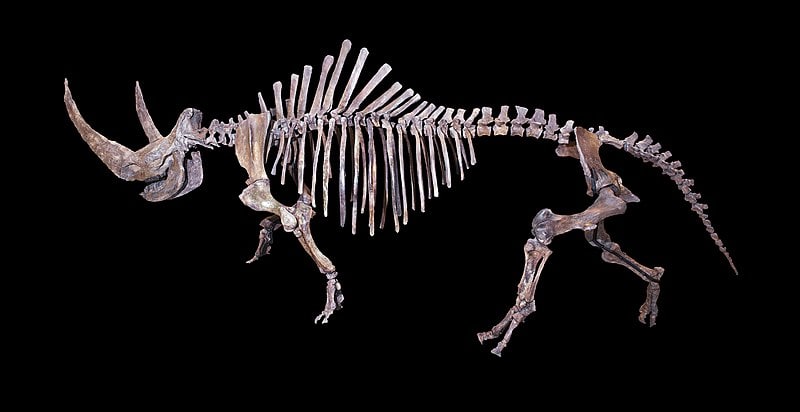
The woolly rhinoceros, an Ice Age mammal, left behind fossils that are both rare and valuable. A well-preserved woolly rhinoceros skeleton can fetch up to $250,000. These fossils provide insights into the adaptation and survival strategies of large mammals during the Pleistocene epoch. The woolly rhinoceros’ thick fur and robust build are key features that helped it survive in cold environments. Fossils of this species are important for understanding Ice Age ecosystems and the impact of climate change on large mammals.
This article originally appeared on Rarest.org.
More From Rarest.Org
Discovering new places can be thrilling, especially when they’re less traveled. Hidden gems offer unique experiences without the overwhelming crowds. Here are some must-visit destinations that promise unforgettable adventures and stunning views. Read more.
Discovering new species is always an exciting event for scientists and nature enthusiasts alike. Recently, researchers have identified several rare and fascinating animals across the globe. Read more.
Collecting rare U.S. coins can be a fascinating journey through history. Each coin tells a unique story of Americaâs past and holds significant value. Read more.

